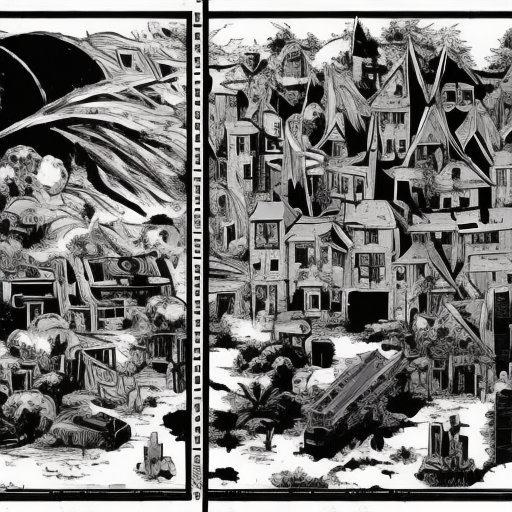The Man Who Shot Liberty Valance
One-line Summary:
In “The Man Who Shot Liberty Valance,” directed by John Ford, a young lawyer named Ransom Stoddard arrives in the lawless town of Shinbone, where he becomes embroiled in a conflict with the notorious outlaw Liberty Valance. As Stoddard tries to bring justice to the town, he finds himself torn between his peaceful ideals and the violent reality of the West.
Main Cast and Crew:
- Director: John Ford
- Writer(s): James Warner Bellah (story), Willis Goldbeck (screenplay)
- Main Actors: James Stewart as Ransom Stoddard, John Wayne as Tom Doniphon, Vera Miles as Hallie Stoddard, Lee Marvin as Liberty Valance
- Music Director: Cyril J. Mockridge
- Director of Photography: William H. Clothier
- Producers: Willis Goldbeck, John Ford
Plot:
Ransom Stoddard, a young lawyer, arrives in the lawless town of Shinbone to establish a law practice. On his way, he is brutally attacked by the notorious outlaw Liberty Valance. Saved by Tom Doniphon, a local rancher, Stoddard learns that the West operates by a different set of rules. Determined to bring justice to Shinbone, Stoddard decides to confront Valance in court. However, Valance’s influence and violence intimidate the town, making Stoddard’s task seem impossible.
As Stoddard prepares for the trial, he becomes close to Hallie, a restaurant owner, who is also courted by Doniphon. The tension between the three characters grows as Stoddard’s commitment to the law clashes with Doniphon’s belief in taking justice into his own hands. In a climactic showdown, Stoddard faces Valance, but the outcome is not what it seems. The truth about who shot Liberty Valance is revealed, leading to a bittersweet resolution that challenges the myth of the West.
Themes and Motifs:
“The Man Who Shot Liberty Valance” explores themes of justice, the power of myth, and the clash between civilization and the lawless frontier. The film questions the effectiveness of the legal system in a world where violence often prevails. It also examines the role of legends and the creation of heroes, as Stoddard’s reputation is built on a lie. The contrast between Stoddard’s idealism and Doniphon’s pragmatism highlights the complexities of morality and the sacrifices made for the greater good.
Reception and Legacy:
Upon its release in 1962, “The Man Who Shot Liberty Valance” received critical acclaim for its exploration of the Western genre’s mythic elements. Although it was not a commercial success at the time, the film has since gained recognition as a classic. It was nominated for an Academy Award for Best Costume Design and has been praised for its performances, particularly James Stewart’s portrayal of Ransom Stoddard.
The film’s legacy lies in its deconstruction of the Western myth and its examination of the blurred lines between heroism and truth. It influenced subsequent Westerns, such as Clint Eastwood’s “Unforgiven,” which also challenged the romanticized image of the Old West. “The Man Who Shot Liberty Valance” remains a thought-provoking exploration of morality and the consequences of violence.
Recommendation:
“The Man Who Shot Liberty Valance” is a must-watch for fans of Westerns and those interested in thought-provoking storytelling. Its exploration of justice, morality, and the power of myth elevates it beyond a typical genre film. The performances by James Stewart, John Wayne, and Lee Marvin are exceptional, and John Ford’s direction captures the rugged beauty of the West. This film is a timeless classic that continues to resonate with audiences today.
Memorable Quote:
“When the legend becomes fact, print the legend.” – Maxwell Scott












